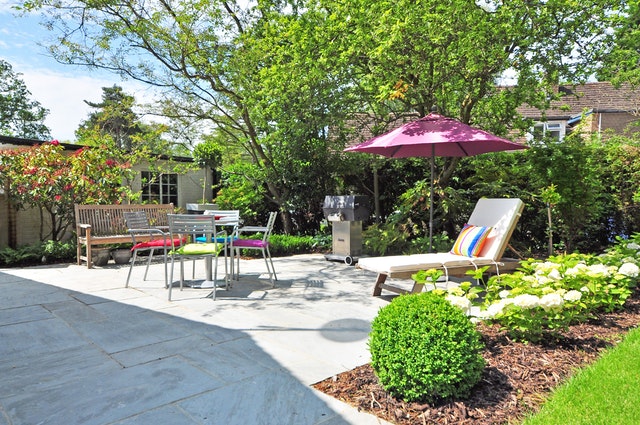Best Tax Deductible Home Improvements for Homeowners
 Before delving into tax-deductible home improvements, it’s important to understand that these tax deductions won’t be applied immediately. In most cases, homeowners can only benefit, tax-wise, from their home renovations later, when they sell their home.
Before delving into tax-deductible home improvements, it’s important to understand that these tax deductions won’t be applied immediately. In most cases, homeowners can only benefit, tax-wise, from their home renovations later, when they sell their home.
It’s important for homeowners to keep receipts for their improvements, though so they have proof of the improvements they made, even if it’s years later when they sell their residence.
Typical Renovations/ Home Improvements That Can Yield Eventual Tax Benefits
A home improvement is any project that substantially adds value to a home. It can include adapting it to be more useful or be improvements that allow it to be used differently. The following are some general home improvements that can yield tax savings when a home is sold for a profit.
- Room additions.
- Upgrades to plumbing.
- Kitchen improvements.
- A new roof.
- New bathrooms.
- Upgraded landscaping.
- Improvements to fencing.
- New decks.
- Improved wiring.
- New walkways.
- Driveway improvements.
- Plumbing upgrades.
How Delayed Tax Benefits Work
While a homeowner can’t take the amount of money they spent on one of the above home improvements and deduct it that same tax year, they can sometimes benefit from the investment in their home. This is true because a homeowner can effectively reduce the amount of taxes they have to pay if they sell their home for a profit down the road.
When an improvement is made, the cost of those improvements are added to the tax basis of a home. The basis is the investment in a home for tax purposes. The greater this number becomes, the less the profit is from selling a home.
The following explains it a little better:
Example Of Tax Basis And Home Improvement Tax Savings
A fictional homeowner purchases their home for $600,000 and sells their home 20 years later for $1,000,000. Their original “profit” from the sale would have been $400,000, which would have been taxable income at the time of the sale. However, throughout the 15 years when they resided in the home, this homeowner made around $60,000 worth of home improvements, including a roof improvement and a kitchen update. The $60,000 is then added to the original investment this homeowner made in their home, bringing their tax basis to $660,000.
The homeowner’s profit when they sell their home is then reduced from $400,000 to $340,000. Many homeowners use home improvements as a way to reduce the amount of taxes they will one day have to pay when they sell their home for a substantial profit.
Other Ways For Homeowners To Benefit From Their Home This Tax Season
Homeowners can make their home work for them each and every tax year by qualifying for the home office deduction. This only works if they own and operate a legitimate business out of their home, though. A part of the home must be used either regularly or exclusively for the business to qualify.
The above is some pertinent information on how homeowners can use home improvements to reduce their tax burden. As always, check with your trusted tax professional for accurate advice on your personal situation.

 Today’s homebuyers can have specific ideas and personal preferences that influence their decision on what attracts them to a particular property. While some prefer a fixer-upper, many desire a home that’s as close to turn-key as possible.
Today’s homebuyers can have specific ideas and personal preferences that influence their decision on what attracts them to a particular property. While some prefer a fixer-upper, many desire a home that’s as close to turn-key as possible. The oft-repeated maxim that there is never a second chance to make a great first impression is especially true when it comes to real estate. Street appeal may focus on a dramatic approach to the front door, but prospective buyers will be especially “wowed” by an appealing back yard.
The oft-repeated maxim that there is never a second chance to make a great first impression is especially true when it comes to real estate. Street appeal may focus on a dramatic approach to the front door, but prospective buyers will be especially “wowed” by an appealing back yard.